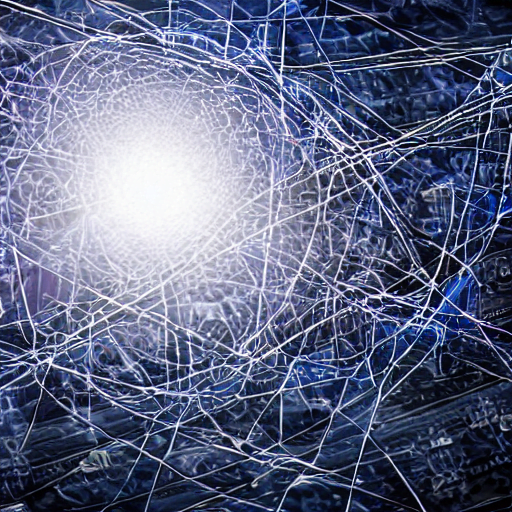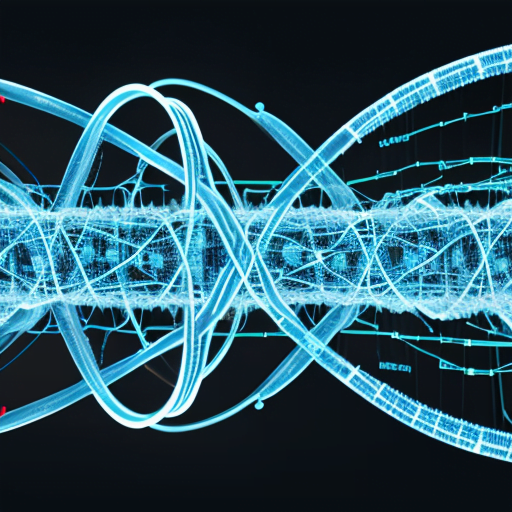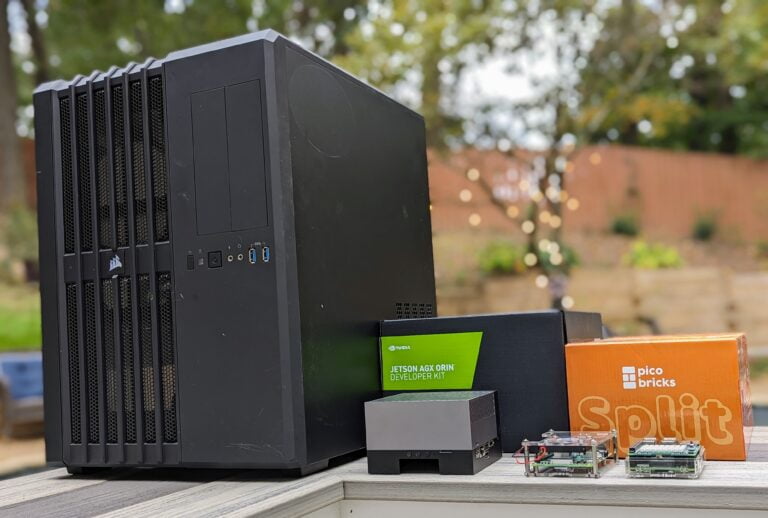Introduction
In an era where automation, precision, and real-time monitoring have become paramount, industrial sensors stand as unsung heroes. These small, yet potent devices, have profoundly revolutionized industries, driving operational efficiencies, reducing manual labor, and enhancing product quality. So, what exactly are industrial sensors, and how do they fit into the grand scheme of modern manufacturing?
What are Industrial Sensors?
Industrial sensors are devices that detect, measure, and respond to changes in an environment or a specific physical condition. They transform this physical quantity, such as temperature or pressure, into a signal that can be read by humans or machines. This conversion can be analog (continuous signal) or digital (discrete signal), depending on the application and sensor type.
Types of Industrial Sensors
There’s a myriad of sensors, each tailored for a specific function. Here’s a brief overview of some common types:
- Temperature Sensors: These are used to measure temperature. Examples include thermocouples, resistance temperature detectors (RTDs), and thermistors.
- Pressure Sensors: Used in a wide range of applications to measure pressure. Piezoelectric sensors, for example, can detect changes in pressure by measuring the voltage change in piezoelectric crystals.
- Proximity Sensors: These sensors detect the presence or absence of an object without physical contact. Examples include inductive, capacitive, and ultrasonic proximity sensors.
- Level Sensors: Employed to determine the level of a substance, whether it be solid, liquid, or granular. They can be capacitive, ultrasonic, or optical, among others.
- Flow Sensors: Used to measure the flow rate of liquids or gases. They can be based on various principles, such as electromagnetic, ultrasonic, or differential pressure.
- Photoelectric Sensors: These sensors use light to detect an object’s presence, distance, or even its color. They can operate in reflex, through-beam, or diffuse modes.
- Position Sensors: Used to determine the position of an object. They can be rotary (measuring rotational position) or linear (measuring movement in a straight line).
Importance of Industrial Sensors
- Enhancing Precision: In industries where precision is paramount, such as semiconductor manufacturing, even the slightest deviation can result in significant losses. Sensors ensure that conditions are maintained within narrow margins.
- Safety: In potentially hazardous industries, such as petrochemicals or mining, sensors can detect harmful gas leaks, excessive temperatures, or pressure build-ups, triggering alarms or initiating corrective actions.
- Cost Efficiency: Continuous monitoring reduces the chances of unscheduled downtimes, ensures optimal use of resources, and minimizes wastage.
- Data Collection: In today’s age of big data and the Industrial Internet of Things (IIoT), sensors collect vast amounts of data, which can be analyzed to optimize operations, predict machine failures, or innovate in product design.
- Reducing Human Intervention: Automation reduces the need for manual checks, which are time-consuming and prone to errors.
The Future of Industrial Sensors
With rapid technological advances, sensors are becoming more intelligent, smaller in size, and energy-efficient. The advent of IIoT means sensors are now interconnected, forming a web of devices that communicate and make decisions in real-time. Furthermore, the development of quantum sensors promises unparalleled sensitivity and precision, which will unlock new possibilities in various industries.
Conclusion
Industrial sensors, often overlooked in the vast machinery of industries, play a pivotal role in ensuring operations run smoothly, efficiently, and safely. As we move into an era of smart factories and increased automation, the role of these sensors will only become more vital. They are truly the eyes and ears of modern industry.







